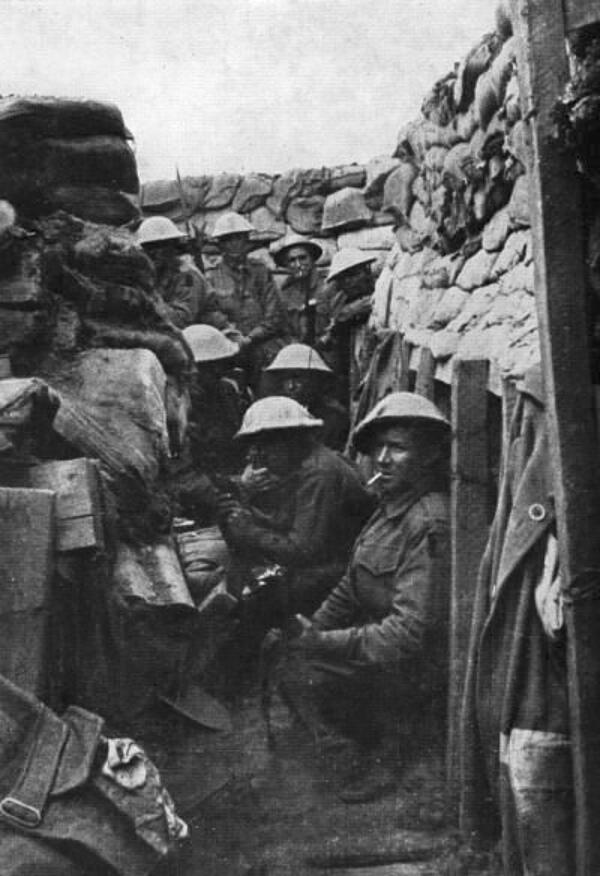The Battle of Fromelles
The Battle of Fromelles began on 19th July 1916 and lasted just one day.
The battle was an attempt to stop the Germans moving troops away from this area to the Battle of the Somme, which was being fought 50 miles away from Fromelles - the “quiet” sector.
Until this point the Germans had been easily moving their troops around Fromelles and the Allies wanted to disrupt this and force the German High Command to move their troops to the Somme battlefield.

On 19th July, Australian and British troops from two divisions (the 65th and 5th Australian) attacked German positions in Fromelles following several hours of artillery bombardment.
However, Allied intelligence had not detected that Germans had abandoned these lines and set up around 200m behind them behind concrete bunkers and machine guns.
The end of the artillery barrage was followed by an attack by Allied infantry, who were expected by the still-strong German troops. When the soldiers advanced, they were met with a German artillery bombardment that left by dead in their own trenches, with those who made it through being hit by the machine guns.
The 61st Division was so badly hit that it had to retire. The Australians initially had more success, but once they made it to the German front lines they found they were flooded and indefensible. By 20th July, they had to retreat with their casualties.
The attacks were incredibly costly in terms of manpower with around 90 per cent of the Australians involved (5533 men) and around 50 per cent of the British troops (1,547 men) casualties by the end.
Many blamed the organisation behind the battle for the failure, stating that it was difficult to plan when the Somme was taking place simultaneously. As such, Fromelles has gone down in history as one of the worst disasters to hit the Australian Army during World War One and significantly affected the relations between Australia and Britain.
MLA Citation/Reference
"The Battle of Fromelles". HistoryLearning.com. 2026. Web.
